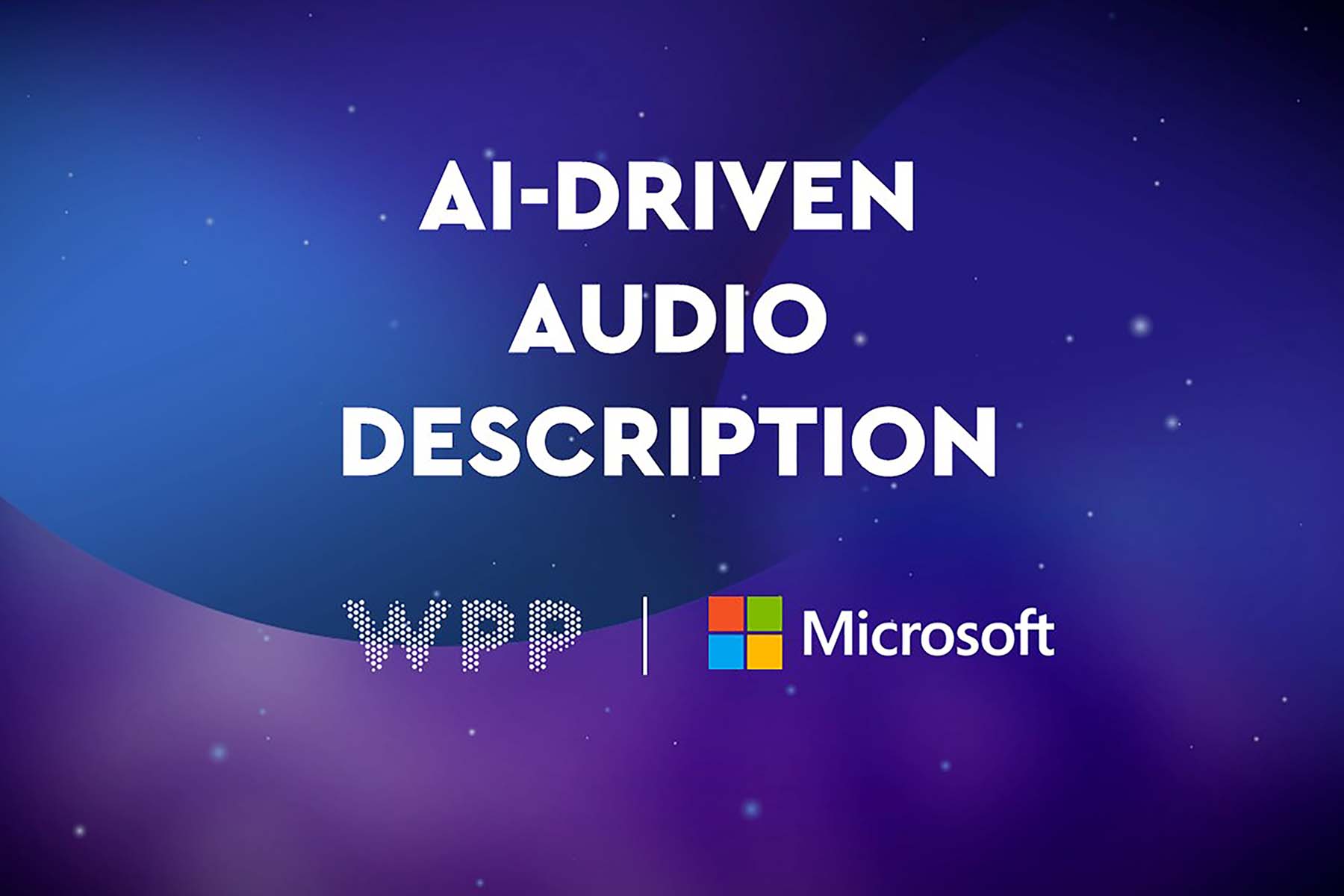
The power of optimising your site search
How personalisation, advance options and AI can transform search functionality and benefit user experience
Google has spoiled us with the ability to search virtually anything and get relevant results instantly. As technology gets more advanced, customers’ patience diminishes.
People now expect to find what they’re looking for immediately. In fact, according to a Google study, 40% of consumers will leave a page that takes longer than three seconds to load.
If consumers are frustrated with the amount of time it takes for a page to load, imagine the frustration of trying to search for something on an ecommerce site and finding few results, or even worse, none at all.
The importance of site search
A website’s search functionality can make or break the user experience. Search allows customers to quickly navigate and find what they’re looking for, but also provides business greater insight into what customers are seeking.
Online shoppers search frequently; 45% use it "often" and 35% use it "always" according to the Site Search Survey 2018. Yet a Digital Commerce 360 survey states that only 14% of retailers would rate their search capabilities as advanced.
According to Forrester, 79% of US online adults agree that it’s important for retailers to offer advanced site search features, such as the ability to refine search results by price, brand, style or other product attributes.
Those with advanced search capabilities are reaping the benefits, with desktop conversion rates two times higher compared to basic search.
When it comes to B2B sites, the way customers interact on each site will differ. B2B product catalogues are typically much larger than B2C and contain a repository of SKU numbers for online stores. This works well for a B2B customer that knows the exact product name, model or SKU number. But what if they don’t?
Flexibility in search is critical for both B2B and B2C sites. Based on SearchNode’s data, visitors who use search can generate around 30-60% of all ecommerce site revenue. It seems ridiculous to miss out on more revenue, higher conversion rates and lower bounce rate because of a mediocre search experience.
Site search functionality
Ecommerce has completely changed the way we shop, and has set the bar pretty high when it comes to buyers’ expectations. Customers expect things like relevant search results, simple website navigation, and transparent product information. Without them they most likely will not return to your site.
It’s not enough to have an aesthetically pleasing website. The user experience must be functional and efficient and an adequate search solution contributes to that. Your search function should include features far beyond the search box. Functionality is crucial, but it comes down to how well the search engine can understand your customers’ intent.
An ecommerce site’s search platform should include an abundance of features such as:
Natural Language Processing (NLP):
- The ability to process interactions with a human
- This is meant to read, decipher, understand, and make sense of different human languages
- E.g.: Spellcheck, Autocomplete, Siri, Alexa, Google Assistant
Personalisation:
- The ability to understand a shopper’s intent and automatically suggest relevant products through browsing history, level of interest, etc.
- E.g.: Recommending cardigans to a consumer who has been looking at blouses as an ideal complementary item
Smart merchandising:
- The ability to ‘boost’ different products allowing for more control over which results are displayed and which are buried
- E.g.: Displaying more sweaters than t-shirts during the fall and winter months
Artificial Intelligence (AI):
- AI can learn from the user and provide recommended items if there are no results matching the shopper’s desired search criteria
- E.g.: If someone searches for AirPods on Best Buy’s website and they are sold out, Bose Headphones may show up as a recommended item instead
Data produced from searches:
- Features such as customisable algorithms, actionable insights, A/B testing, and more, allow businesses to understand which products are the most popular, products being frequently bought, search frequency, keywords, conversion rates, etc.
Other site search features such as voice search (using Siri or Alexa) and image search (dragging an image into the search bar), exist but are utilised less often than the ones listed above.
Native search
Native search is the functionality already provided in ecommerce platforms. Native search is great, but integrating a third-party option leaves a lot more room for versatility.
Finding a third-party option gives you more flexibility in finding features and functionality that make sense for your business. From a business perspective, integrating a third-party solution can help drive higher margin sales, increase conversions, reduce bounce rates, and increase customer satisfaction.
How do I pick a site search solution?
There’s no right or wrong answer for choosing a solution. Each has its own unique set of tools. Here are a few things to keep in mind when weighing your options:
How important is personalisation?
Personalisation has always been important but seems to be more important than ever. Gartner predicts a 15% profit boost for those who successfully handle personalisation in ecommerce for 2020.
There is no "one size fits all" approach. Customers like to feel that experiences are catered to them. In fact, in a survey by Forrester, 40% of US online adults agree that retailers should provide product recommendations based on their shopping or browsing history. Personalisation helps build trust between you and your customers.
We are reaching a point in time where customers expect your business to understand their wants and needs and help them find exactly what they’re looking for.
Will customers find what they’re looking for?
According to Baymard, 61% of sites require their users to search by the exact same product naming conventions the site uses, and 27% of sites won’t yield useful results if users misspell a single character.
It’s extremely important that a site search solution includes natural language processing capabilities so it can make sense of jargon or spelling errors and still provide useful results. People’s patience is wearing thin, and they want relevant information quickly.
Is AI utilised?
AI is huge when it comes to site search. AI can not only learn and capitalise on the user’s search, but it can also understand the intent behind it. AI with search can take data from user experience, big data, and machine learning to rank factors and adjust results most likely to fulfil the user’s needs. AI certainly helps businesses to better understand their customers.
These are just a few key technology capabilities to keep in mind when selecting a site search solution that works best for your business, not an exhaustive list.
Site search not only benefits your business, but it also benefits the customer and creates a positive experience for them. One which keeps them coming back and purchasing products from you. Online customers are 88% less likely return to a site after a bad experience. By improving things like site search, you can increase your conversion rate, lower your bounce rates, and ensure you’ll gain loyal, repeat customers.
published on
31 May 2022
Category
More in Experience

Let’s add audio for visually impaired audiences
How to make advertising more accessible for visually impaired audiences

The Future 100: wellbeing, humanity, emotion and tech
This annual trend spotter – by WPP’s VML – gives us the context for the new normal for marketing in 2024.

Activating sports events – the ultimate balancing act
WPP Sports Practice takes a look at the art of timing for sports event activation

